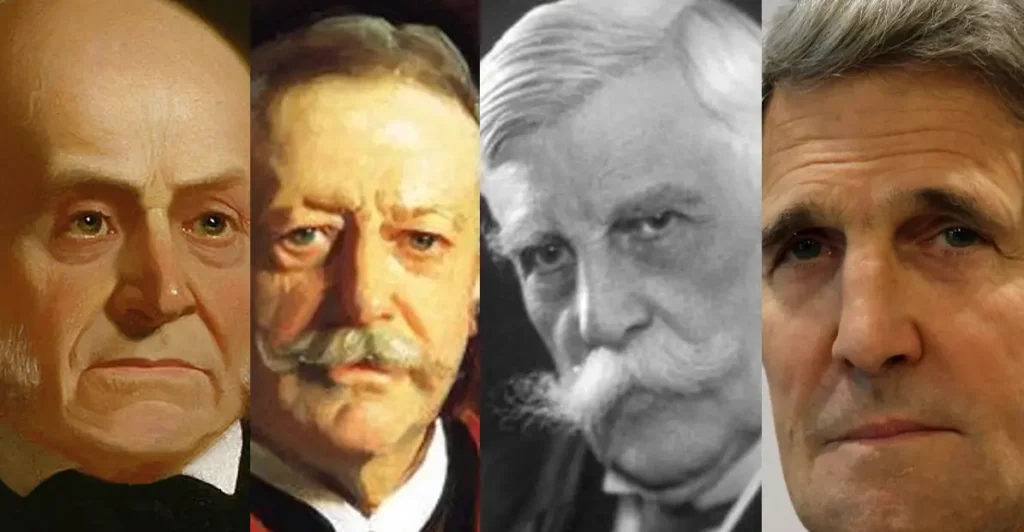The Boston Brahmins were an elite social class in Boston, Massachusetts, known for their wealth, education, and cultural influence. The term was coined by Oliver Wendell Holmes Sr. in 1860 to describe the old-money families who shaped Boston’s intellectual and political landscape. These families were often associated with Harvard University, Anglicanism, and traditional British-American customs.
Origins and Influence
The Boston Brahmins descended from early English colonists and maintained a distinct identity through generations of wealth and prestige. They were known for their refined manners, civic responsibility, and literary contributions. Many Brahmins played key roles in shaping American institutions, including politics, education, and philanthropy.
Characteristics of Boston Brahmins
Boston Brahmins were often described as cultivated, urbane, and dignified, embodying the essence of enlightened aristocracy. They valued intellectual pursuits, social responsibility, and personal virtue. Their influence extended beyond Boston, impacting national policies and cultural movements.
Prominent Boston Brahmin Families
Some of the most well-known Boston Brahmin families included:
- Cabots
- Lowells
- Winthrops
- Saltonstalls
- Adams family (including Presidents John Adams and John Quincy Adams)
These families were deeply involved in politics, academia, and literature, shaping the intellectual fabric of the United States.
Decline and Legacy
While the influence of Boston Brahmins has diminished in modern times, their legacy remains in institutions like Harvard University, Beacon Hill, and various philanthropic organizations. Their ideals of education, civic duty, and cultural refinement continue to shape Boston’s identity.
What is your favourite part about this Blog or if you want to add information then just comment down below?






